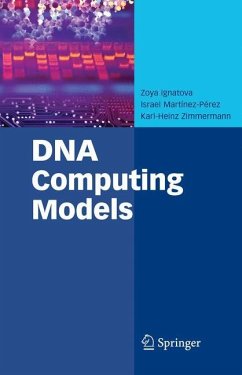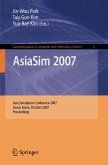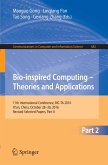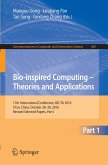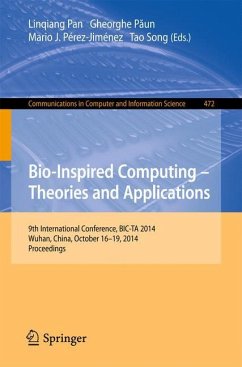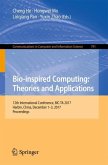Sir Francis Crick would undoubtedly be at the front of the line ordering this fascinating book. Being one of the discoverers of DNA, he would be amazed at how his work has been applied to mankind's most important invention, the computer. In this excellent text, the reader is given a comprehensive introduction to the field of DNA computing. The book emphasizes computational methods to tackle central problems of DNA computing, such as controlling living cells, building patterns, and generating nanomachines. It also includes laboratory-scale human-operated models of computation, as well as a description of the first experiment of DNA computation conducted by Adleman in 1994.
From the reviews: "The book is very timely and will likely open up this emerging research area to many current and future researchers. Especially for people on the theoretical computer science side of things, DNA computing has the potential to provide many challenging and exciting new problems. ... this book appears to be a collection of survey papers on the topic of DNA computing." (Burkhard Englert, ACM Computing Reviews, November, 2008)

